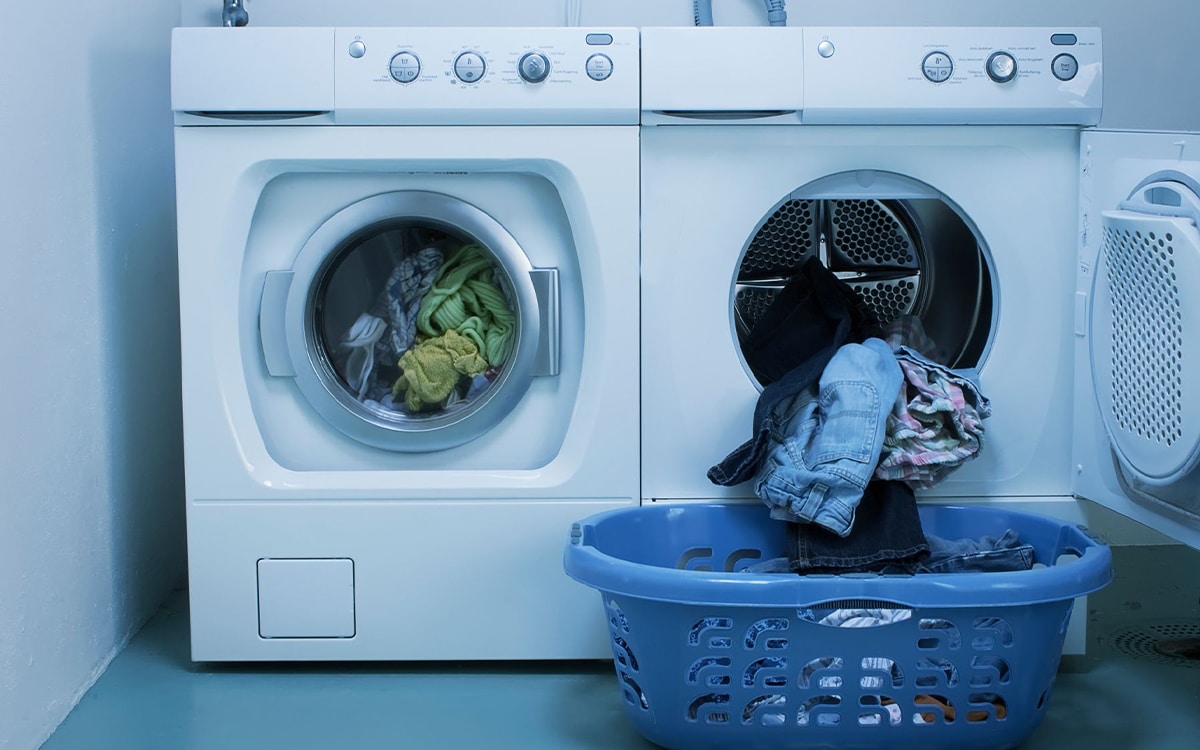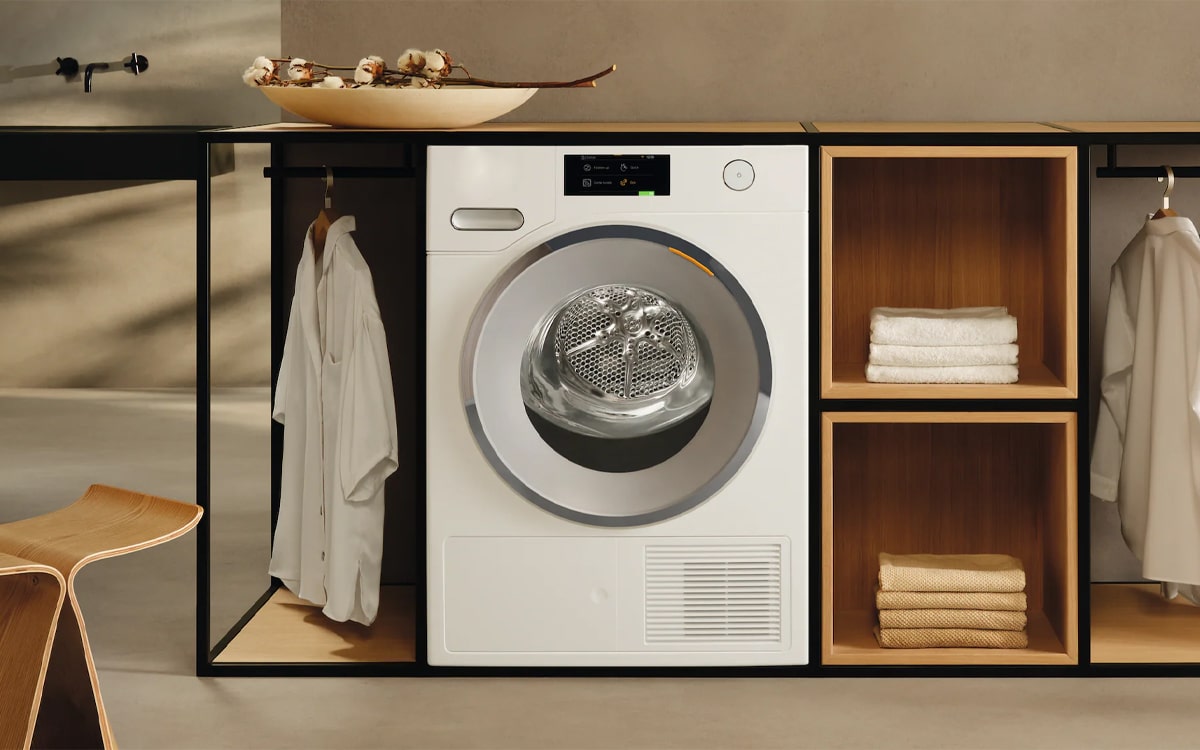A good tumble dryer can help to make all of your laundry tasks so much easier. No longer will you need to unfold the clothes horse and leave your soggy laundry to dry in the middle of the living room! Simply pop your laundry into the dryer, and within minutes it will be dry and ready to fold away!
But since tumble dryers are tasked with dealing with soggy laundry, many of us are naturally led to wonder whether they need to be plumbed in. Do you have to plumb in a tumble dryer? Do heat pump tumble dryers in particular need plumbing in? Or can you simply plug it into the wall and start drying right away?
If you’re planning to grab a heat pump dryer of your own, and you’re wondering whether you’ll need to have it plumbed in, then you’ll want to read below. Our Reliant tech experts have put together this definitive guide to find out whether heat pump dryers or other dryers need to be plumbed in!
Do You Need To Plumb In Heat Pump Dryers?
Luckily, you don’t need to plumb in a heat pump dryer at all. Any water that is collected during the drying process is stored in a special tank beneath the unit. Between each drying cycle, it is up to the user to empty this tank. Simply remove it from the unit, and pour the water down the nearest drain!
This is also the case for condenser tumble dryers. Condenser tumble dryers operate very similarly to heat pump dryers. They store water beneath the unit, for later disposal at the user’s convenience.
Heat pump dryers collect the moisture from your laundry and then deposit the moisture in the form of water into a removable tank. This means they don’t need to be plumbed in! Instead, they are drained by hand!
Heat pump and condenser dryers are both incredibly convenient because you can simply plug them in anywhere in your home. You don’t have to worry about finding a suitable spot in the kitchen with access to plumbing. You just need to make sure the unit is close to a power supply!

Where Should You Put A Heat Pump Tumble Dryer?
Heat pump tumble dryers can be installed pretty much anywhere, provided there is a nearby power supply. However, you will also want to make sure that there is plenty of space around the unit.
Make sure the dryer isn’t too close to any walls or other appliances, as it will naturally vibrate during operation. Giving the unit plenty of breathing room helps to cut down on operational noise. Perfect for smaller homes.
Heat pump and condenser dryers also generate a fair amount of heat during operation. Ensuring the unit has breathing room helps to keep it from overheating, so it will be around for years! Even better, make sure to crack open a window while your heat pump dryer works, for plenty of air supply!
Do You Need To Plumb In Vented Tumble Dryers?
Unlike heat pump and condenser dryers, vented dryers do need to be plumbed in. Luckily, you won’t have to hook up a vented dryer to your water supply. Instead, a vented dryer needs to be plumbed in order to drain the water from your laundry.
If you are installing a vented dryer, we would recommend relying on a professional. This is because the unit has to be attached to an external wall so that steam can escape. A professional can help to ensure a vented dryer’s hose is correctly installed so that steam is efficiently sent outside of the building.
Vented tumble dryers are very convenient because you don’t have to drain them by hand. However, in order to work correctly, vented dryers need to be installed near an external wall. So you cannot simply plug one in and start using it!

Heat Pump Dryer Vs Vented Dryer: Which Should You Buy?
As we’ve explored, heat pump dryers and vented dryers operate very differently. Ultimately, which of the two you choose will depend on the conditions in your home.
If you live in a rented property, or you don’t have access to any external walls, then heat pump dryers are the best option. They don’t need to be plumbed in. All you need to do is plug them into a nearby plug socket.
If you own your home and have access to an external wall, then a vented dryer is a great option. Vented dryers will drain water automatically, which saves a lot of trouble.
Heat pump dryers are great because they can be installed pretty much anywhere. As long as there’s a power supply, you can start using one right away! They also consume less electricity!
However, it is worth noting that heat pump dryers are incredibly energy efficient. Hot air takes the moisture from your clothes and deposits it in the evaporator. Instead of disposing of the hot air like a vented or condenser dryer, the hot air is sent right back into the drum. Over time, heat pump dryers can help to save you a lot of extra money!

Frequently Asked Questions
Do You Need To Plumb In A Heat Pump Dryer?
You don’t need to plumb in a heat pump dryer. Heat pump dryers do not need access to your water supply. Any water removed from your laundry is stored in a small tank beneath the unit. When the cycle is finished, all you need to do is empty the tank by hand. Because heat pump dryers don’t drain automatically, they can be plugged in just about anywhere in your home!





